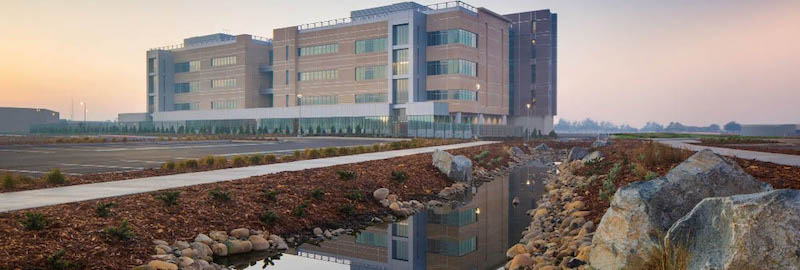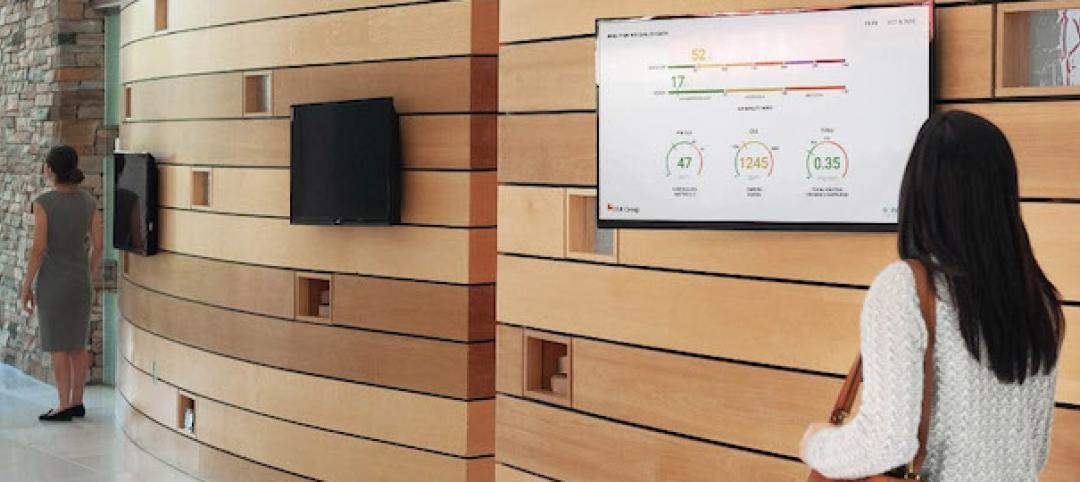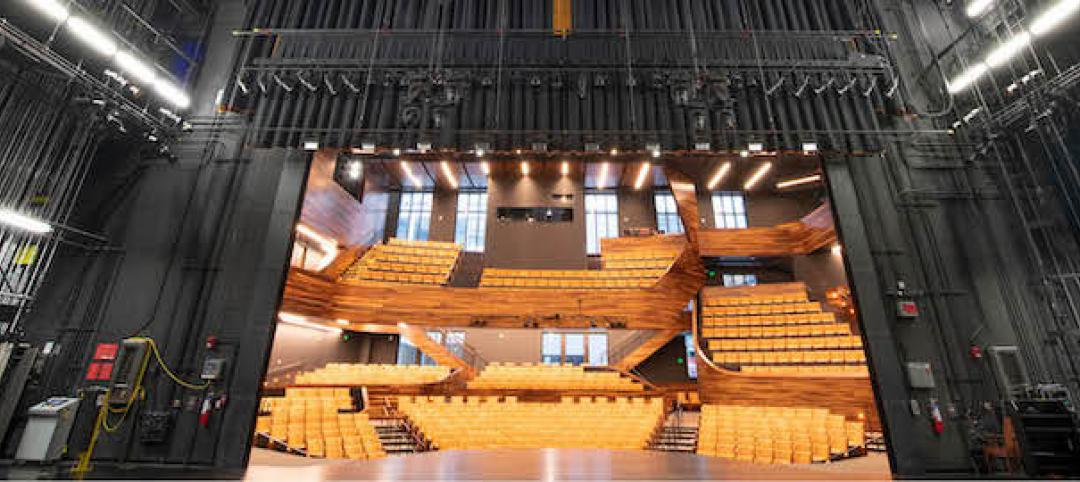At the recent Living Future Conference and the Colorado State University Water Symposium, I was struck by the global challenge we face in how we use, conserve, and think about water. In fact, these conferences presented big ideas related to water resourcing and inspired me to brainstorm ways we can gain momentum through meaningful, long-term change in how we manage water. But before we get to that, consider the challenges we face in our quest to conserve and renew water resources, while ensuring equal access to clean water for all peoples across the globe.
The Water Gap Challenges
We have several gaps between the need and desire to have abundant, accessible, clean water and the reality of dealing with on-going and increasing water shortage crises. These gaps occur in our awareness of the problem; in the cultural impact; the diverse quality of water; economic factors that deliver water; population density factors; regulatory impact; and the scale at which we address solutions. Each of these gaps deserves on-going, deep-dive conversations that this brief article cannot provide. But I will say that these conversations cannot be siloed into stand-alone challenges. We must bring about holistic change through diverse forums of discovery that bridge multiple industries, policy-making authorities, and thought leaders.
An example of this water gap reality hits home in the challenges that both Detroit and Flint, Michigan have faced. Both of these cities are situated at the edge of the most water-rich resource on the face of the planet – the Great Lakes comprise 21 percent of surface fresh water on the planet. And yet, the huge number of citizens who had their water disconnected in Detroit due to an economic gap led to one of the highest rates of Hepatitis B virus in the country. Similarly, in Flint, the quality gap in their water system made access to water a moot point.
Rethinking Water in Four Dimensions
Because we’ve come from a perspective of “sustainability” being measured by the amount of energy saved, we seem to have automatically slipped into the same metric for water. Yes, it is a good thing to eliminate water waste, and to know and communicate how much water our designs are saving, but what if we looked at water from four dimensions of economics, risk, quality and the water-energy nexus.
1. Economics: In this dimension we consider the cost of water delivered to our homes, the cost of sewer water (which is more expensive due to the energy and chemical treatment processes), and the cost of storm water, all based on the Clean Water Act. Water is still priced low but grows increasingly unaffordable in many parts of the world. What if we develop design solutions that minimize the cost of water reuse through closed-loop design solutions to capture water from one use and repurpose it for another use within a smaller context like a public restroom? Instead of sending water from hand washing faucets out of the building, we should route it to plumbing fixtures for added function.
2. Risk: The risk dimension is based on the frequency and intensity of water supply and demand, both now and into the future. The World Resources Institute uses a weighted risk factor calculation based on a global water risk mapping tool to help companies and governments understand where and how water risks and opportunities are emerging across the globe. Not only the pattern, but the frequency and intensity of water supply and demand will change in the future. What if we integrate this risk factor into design in terms of the lack of, or surplus of, water supply or demand? This thinking, for instance, could have an impact on the sizing of water capture and storage systems.
3. Quality: Perhaps more than any other dimension, we have great opportunity to micro-define the quality of water based on a hierarchy of needs. These micro-definitions or degrees of water quality can differ based on the required need as shown in the graphic below. Identifying those degrees of quality can lead to water savings, both in quantity and dollars.
Hierarchy of Water Needs by DLR Group.
4. Water-Energy Nexus: Calculating water beyond what a building uses to include the amount of water required to deliver the energy to that building is rising to the forefront of sustainability discussions. My colleague Tony Cocea penned an Insight on this topic and explained why integrating new calculations into the processes of building design can help us change the way we think about water, beyond what we personally use. Unveiling these hidden costs and hidden truths are vital in how we continue to use and conserve this life-giving resource.
Net Zero Water Approach DLR Group.
New Definitions and Metrics of Performance
1. The Building as Resource
For decades we have considered buildings as a user and consumer of resources. We have measured our success by how much we can limit that consumption. But if we flip that idea on its head and consider how we can reuse our water to nourish the environment, or how much and in what condition we return the water to the system, our buildings then become a resource provider rather than a consumer.
2. Water Quality Ratio (WQR)
I propose a new framework to assessing water quality, to apply the appropriate quality of water for the appropriate water use. The WQR is the ratio of quality to any supply or demand for water, based on the quality of drinking water as established by World Health Organization. So, ideally, the tap water we receive at our homes would have a WQR of 1.0. This metric could become a standard rating applied to plumbing fixtures, equipment that uses water, air conditioning equipment, etc. in providing a level of water quality that is acceptable for its proper operation, as well as the resultant water quality. Such a water quality label, similar to ENERGY STAR and Water Sense could fundamentally change our perception of water quality and transform the market.
3. Engage in the Conversation
Find organizations that might focus on this topic and join their board, attend a workshop, or offer to be on a panel. Send a letter to your legislators related to the bills they are considering that address water resources. There are dozens of opportunities for people to bring a variety of perspectives to this conversation creating a more robust understanding of the issues.
The bottom line is that we can no longer ignore the water issues facing the world. And continuing to use metrics from the past to determine our water supply and our true water usage will only exacerbate the issues related to water economics, accessibility, and equity. Every step we take to change the way we think about water takes us closer to viable, holistic solutions.
More from Author
DLR Group | Jan 8, 2024
DLR Group adds executive leaders
DLR Group Chief Executive Officer Steven McKay, AIA, RIBA, announced new executive leaders for the 100% employee-owned, globally integrated design firm.
DLR Group | Nov 30, 2023
A lasting housing impact: Gen-Z redefines multifamily living
Nathan Casteel, Design Leader, DLR Group, details what sets an apartment community apart for younger generations.
DLR Group | Nov 6, 2023
DLR Group opens office in Nashville, Tenn.
DLR Group is expanding its presence in the Southeast with the opening of an office in downtown Nashville, Tenn.—a collaborative effort led by DLR Group Principals Matthew Gulsvig, AIA, LEED AP, and Randall Coy.
DLR Group | Jan 27, 2021
Selecting indoor air quality monitors to maintain healthy spaces
In searching for an indoor air quality monitor, most devices will measure a combination of temperature, relative humidity, carbon dioxide, particulate matter, and total volatile organic compounds.
DLR Group | Sep 1, 2020
The rise of inquiry-based learning in K-12 communities
Inquiry-based education offers a methodology that does not rely solely on the educator being the lead in all learning.
DLR Group | Aug 31, 2020
Reopening campus performance arts centers
Live productions, which offer students the opportunity to hone their skills with true audience feedback, currently pose health risks for students and faculty.
DLR Group | Jun 11, 2019
The power and possibility of adaptive reuse
Building reuse generally offers greater environmental savings than demolition or new construction.
DLR Group | Apr 29, 2019
A look ahead to learning in 2050
Fast forward to the year 2050 and beyond, and imagine what education looks like.
DLR Group | Aug 31, 2018
The building data analytics revolution in three acts
Increased transparency of operational building data is impacting accountability.
DLR Group | Jul 2, 2018
Data, Dynamo, and design iteration
We’re well into the digital era of architecture which favors processes that have a better innovation cycle.
















